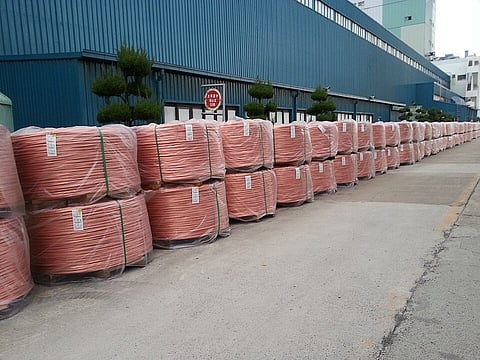

Copper prices in the U.S. hit a record high of $5.69 per pound on Tuesday, marking a 13% single-day surge, the largest since 1989, following President Donald Trump’s announcement of a 50% tariff on copper imports.
Commerce Secretary Howard Lutnick indicated the tariffs could take effect by late July or August 1, causing a 17% intraday spike in copper futures to $5.89 per pound.
The U.S. imports about half of its refined copper, primarily from Chile (38%), Canada (28%), and Mexico (8%), with domestic production declining 3% in 2024, per the U.S. Geological Survey.
The tariff announcement has created a significant price gap, with U.S. copper costing up to $15,000 per metric ton compared to $10,000 globally, according to Benchmark Mineral Intelligence.
This disparity is expected to raise costs for U.S. consumers on goods like electronics, appliances, and vehicles, as companies may pass on higher expenses.
Daan de Jonge, Benchmark’s lead analyst, warned that elevated prices could lead to “demand destruction,” with potential shifts to cheaper alternatives like aluminum, despite its higher long-term maintenance costs.
Traders anticipated tariffs since Trump’s February probe into copper imports, prompting inventory shifts to U.S. warehouses, which widened the Comex-LME price premium by 138% to over $2,600 per tonne.
Analysts from Morgan Stanley and Citi suggest the price surge may be short-lived due to growing U.S. inventories and potential exemptions for key exporters like Chile, which has not yet been notified of the tariffs.
Increasing domestic copper production faces hurdles, including lengthy permitting delays and high costs, making it unlikely to meet demand quickly, according to Peter Chase of the German Marshall Fund.